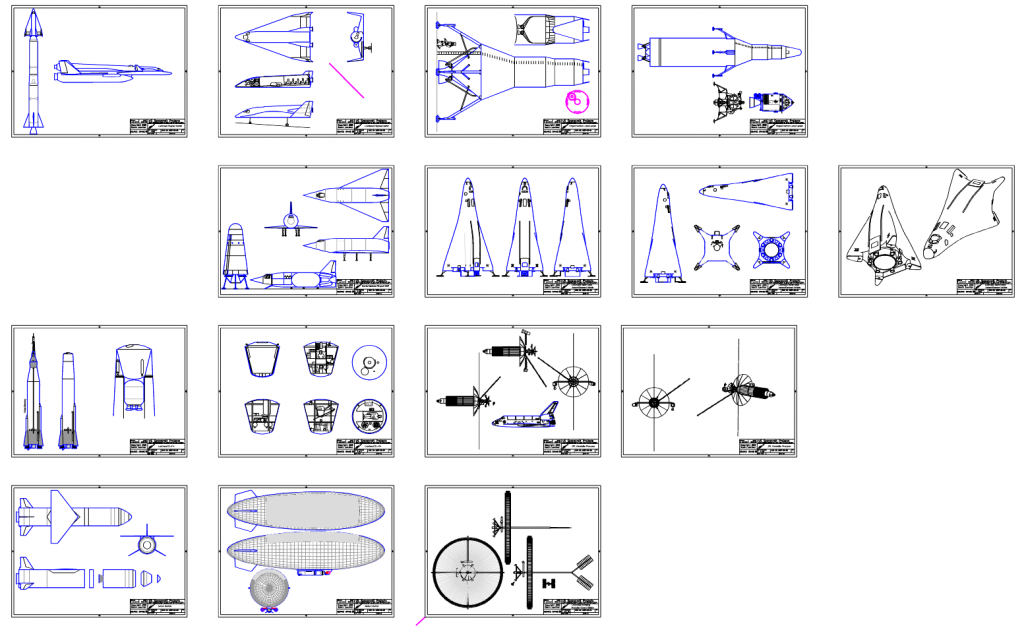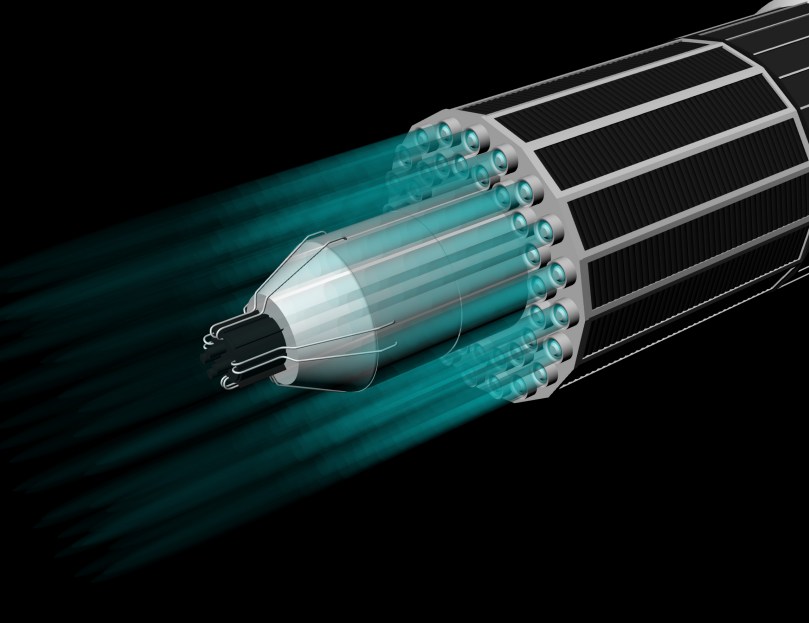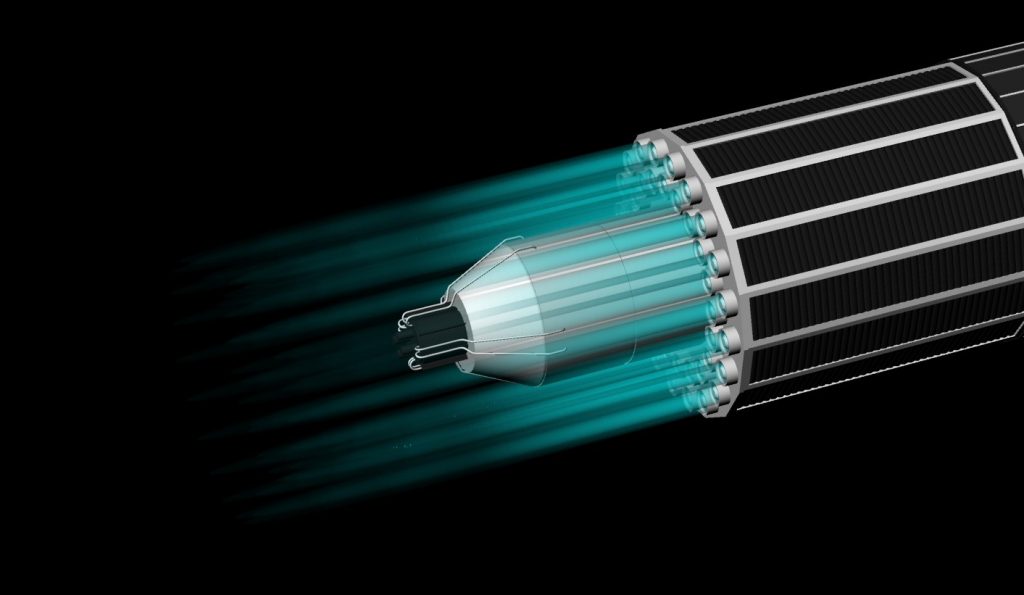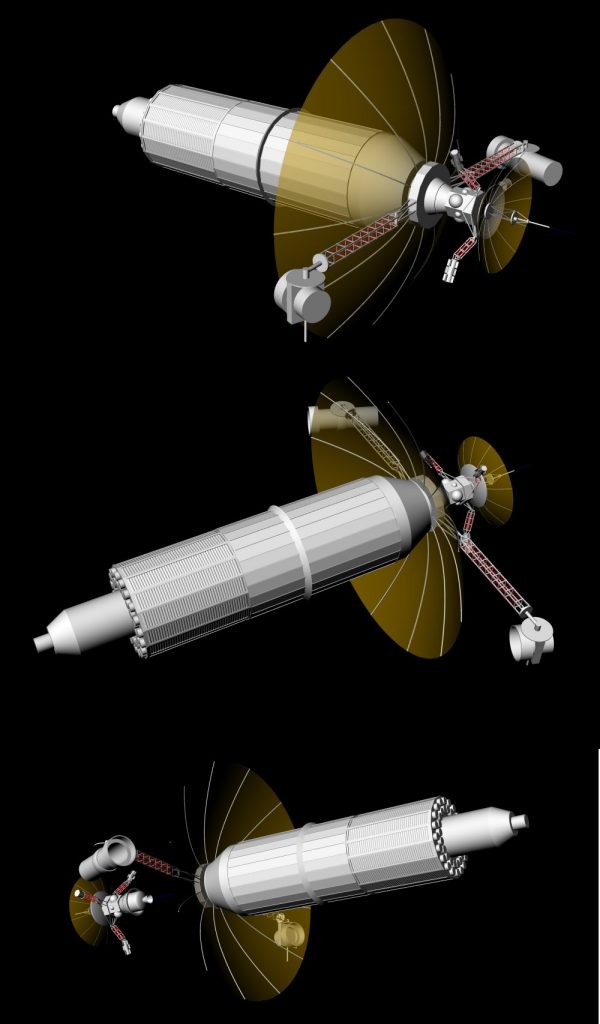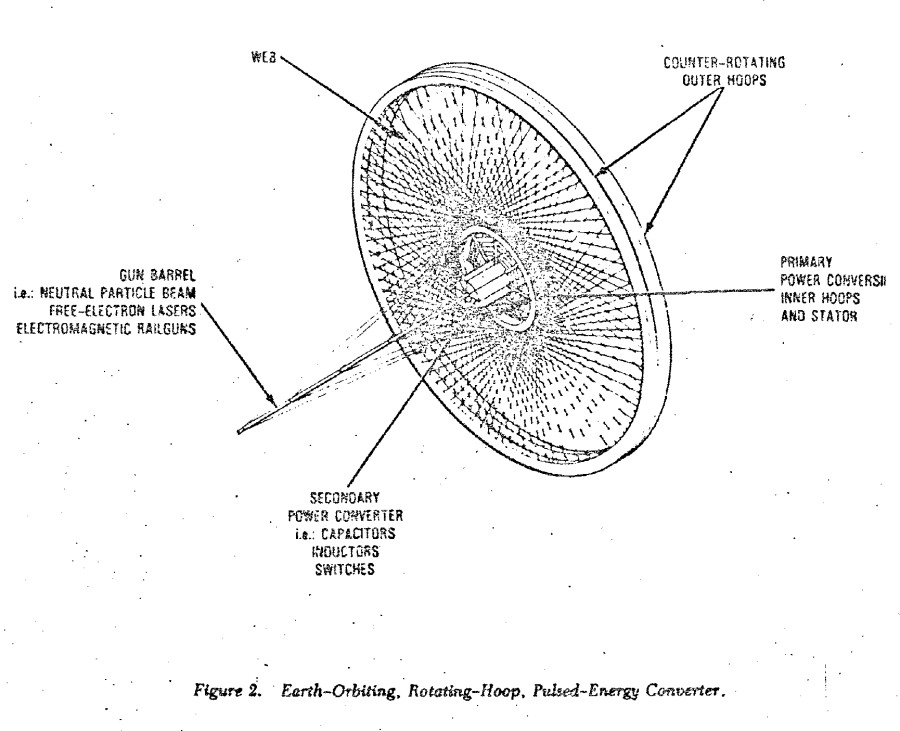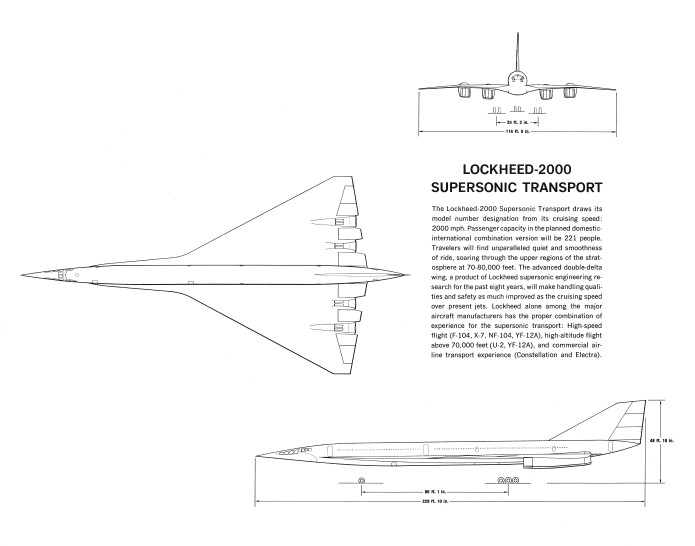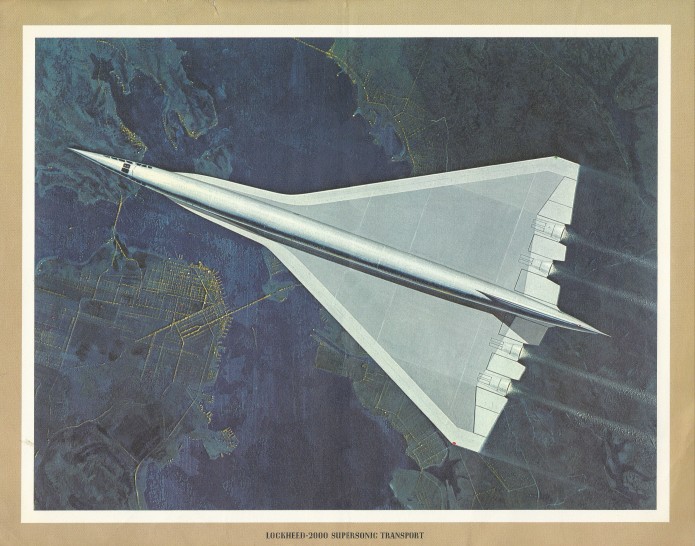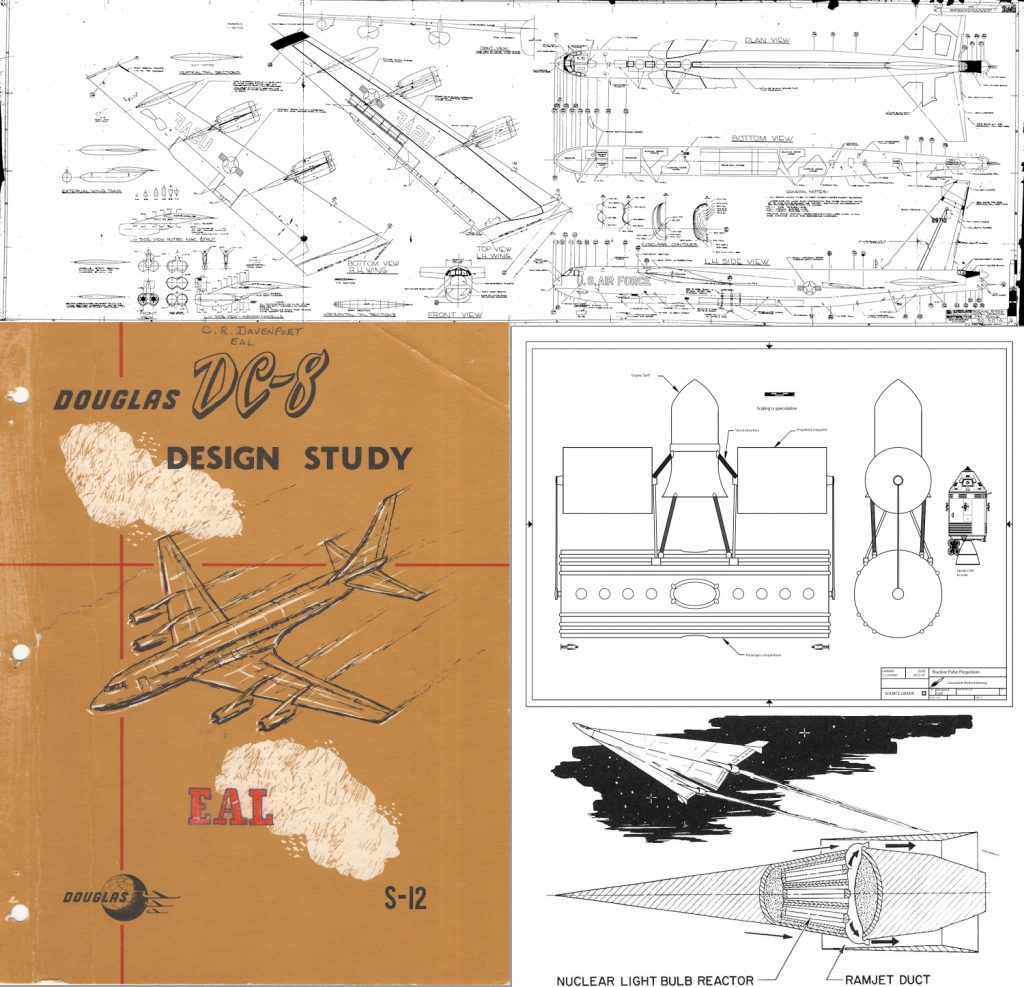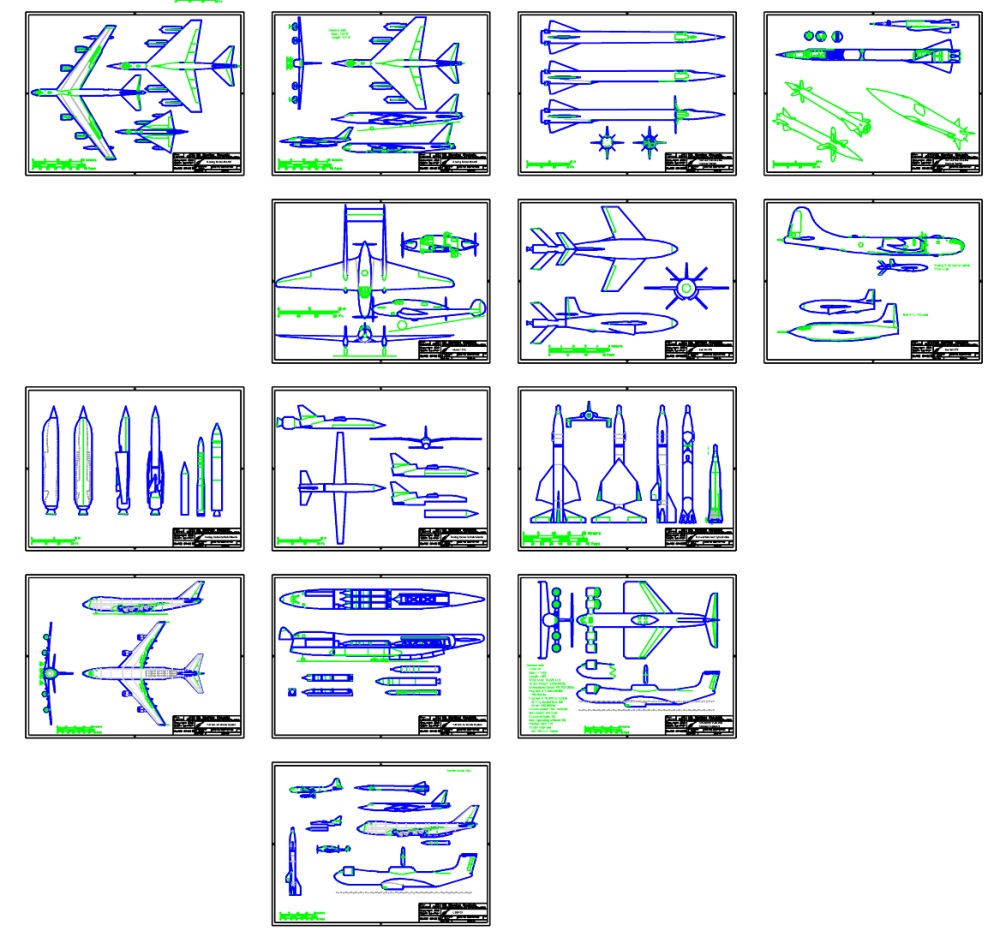An early look at the next US Spacecraft Projects:
China is Working on a Rocket as Powerful as the Saturn V, Could Launch by 2030
The Chinese seem to be proceeding *real* slowly on their space program, but who can say what their real goals are. They used to kinda suck at space launchers, but the Clintons saw to that; Chinas ability to successfully orbit sizable payloads has certainly improved. And now that SpaceX, Blue Origin and maybe – just possibly – even NASA may soon have heavy lifters of their own, it makes sense that the Chinese will want one as well. He who controls the heavens controls the future, after all.
Seems the Chinese hope to conduct a main engine test for the CZ-9 later this year.
Chang Zheng-9 (Long March 9)
The Chang Zheng-9 (CZ-9, or Long March 9) is a super heavy-lift launch vehicle intended for future manned lunar landing and deep space exploration missions. The launch vehicle is described as a large rocket roughly 100 m in length and 8 to 9 m in diameter, assisted by two or four 3 m diameter solid rocket boosters, with a lift-off thrust of 5,200 to 5,500 tonnes. The launcher will be capable of delivering 130 tonnes of payload to Low Earth Orbit (LEO), exactly the same as the heavier Block 2 version of the NASA Space Launch System (SLS).

If the artists impression is accurate, the CZ-9 is clearly from the same train of thought that produced the SLS. Which means that it’ll probably cost something like the SLS, adjusted for Chinese costs rather than NASA bureaucracy. Which would be fine in normal times, but we seem to be heading into a whole new era… SpaceX and Blue Origin pull it off, or even just one of them, rockets like the CZ-9 will look *really* outdated.
I think I’m pretty good at 2D drafting and at 3D CAD modeling for 3D printing and such. But I’ve very little experience with texture mapping and rendering for “art.” But while modeling the JPL interstellar precursor spacecraft for the next issue of USSP, it occurred to me that the model didn’t look half bad just with basic coloring of the parts. While this may work for spacecraft, I don’t imagine it’d be all that wonderful for aircraft.
The JPL spacecraft was to be propelled by a bank of 40 ion engines. I tried to simulate that with lights in the engines, but that did some *wacky* stuff… light shining *through* solid objects, not casting shadows, all kinds of stuff that Just Ain’t Right. I don’t suppose my ancient copy of Rhinoceros 3D is really meant for that sort of thing. So I simulated the ion engine exhaust with simple transparent cylinders. Not the greatest but… does it look like it’s doing the job?
UPDATE: A better version. See comments for process.
A model of the Northrop low altitude penetrator alternative to the B-2, to be 3D printed and turned into a kit for Fantastic Plastic is in the very early stages.
And a JPL interstellar precursor spacecraft design with a Pluto orbiter. The goal was to put scientific instruments a full 1,000 astronomical units out using nuclear/electric propulsion. This model is being built with the specific intention of using it to create a set of accurate and consistent diagrams for the next issue of US Spacecraft projects, but I wonder if there might be interest in a physical model of this.
Advanced “space guns,” typically lasers, railguns, coilguns, neutral particle beams and the like, have a problem: power. Nuclear reactors and solar panels can provide power for years at a time, but generally their steady-state power output is only a tiny fraction of the instantaneous power needed when the gun goes off. So to run a weapon that needs many gigawatts for a fraction of a second with a powerplant that produces kilowatts, you need an energy storage system that can convert that energy into power on a moments notice. Things like batteries are great in principle, but their weight is vast and their ability to release power at the high levels needed is generally poor.
Often this has resulted in space weapons that use chemical reactions to provide the power needed. This has meant that the total number of shots that can be fired is strictly limited.
In the 1980’s during the SDI heyday, Westinghouse looked at an alternate approach: rotating hoops. Giant wheels made of advanced composite materials would be spun up over time by a low-power system such as a nuclear reactor, and when needed these flywheels would be electromagnetically braked to generate vast amounts of power as the wheels ground to a halt. The system could be “reloaded” by slowly spinning the wheels up again… assuming the system hadn’t torn itself part.
The weapon shown below is probably largely notional, no masses or dimensions were given. But based on a smaller terrestrial unit (with ten hoops, each 14.5 meters diameter, massing 140,000 kg each, spinning at 1800 RPM to deliver a total of 1 gigawatt for 10 minutes to power anti-missile lasers and such), this can be assumed to be a fairly *vast* construction, far heavier than anything mankind has so far launched into orbit. Obviously such a thing would be impossible to launch as a unit; it would be assembled in space using spools of fibers wound in place. Presumably the weapon itself would be at least somewhat aimable independent of the flywheels… slewing *them* about to aim at a moving target would seem to be an exercise in futility.
This came from the paper “Rotating Hoop, Pulsed-Energy Converter” contained in “Transactions of the Fifth Symposium on Space Nuclear Power Systems.” A PDF of that can be downloaded if you go HERE and click the “PDF” button.
Support the APR Patreon to help bring more of this sort of thing to light!
Ye gods.
Elon Musk is – probably optimistically – suggesting that the even-more-capable BFR will not only fly before 2025, not only fly people before 2025, but will fly people to *Mars* by 2025. BFR began development approximately 2012, and prototype bits of it are hoped to fly next year. BFR is an all-new giant vehicle using all-new engines and structures. SLS is a kludge of the 1970’s-vintage Shuttle external tank, main engines and solid rocket boosters with an upper stage derived from Delta and Centaur, launching from an existing but modified facility. NASA *should* have been able to slap SLS together in a handful of years.
The L-2000 was Lockheed’s entrance into the mid-1960’s FAA contest to design and develop an American supersonic transport. The FAA wanted the US to have an SST substantially better than the Anglo-French Concorde, with up to 250 passengers and a cruise speed of up to Mach 3 (as fast as an SR-71). Interestingly, the Concorde was not expected to be a long0lived design, but rather was simply going to be the *first* SST, a technology demonstrator, a diplomatic endeavor between historic enemies Britain and France, a flying sales brochure for Angle-French industry. And the Tupolev Tu 144 was an attempt to put something, *anything*, into the air first.
In the end, the FAA selected the Boeing 2707 design, ending the L-2000. And after great promise was shown, politics killed the Boeing 2707, ending substantial forward progress in civil aviation. Since then, air flight has gotten cheaper and more efficient, but it has not gotten any faster… and it certainly hasn’t become more comfortable.
This artwork depicts an earlier configuration with a simpler, less elegant shape.
I’ve uploaded the full rez scans to the 2018-02 APR Extras Dropbox folder, available to all current APR Patrons at the $4 level and above. If you are interested in this and a great many other “extras” and monthly aerospace history rewards, please sign up for the APR Patreon. Chances are good that $4/month is far cheaper than your espresso/booze budget!
An Airbus video showing some of the recent designs for autonomous VTOL “air taxis.” Airbus is seemingly pushing a Big Ol’ Quadcopter that carries a People Pod that can also drive around the ground on a separate Big Ol’ Roller Skate Thingie, while Ubr (called out in the video as Bell, but it’s from an Uber video) seems to have a mutant tiltrotor.
Interesting tech. I’ll be interested to see if it pans out… and if so, how long it takes the AI running the system to be declared racist because it’ll refuse to serve certain areas. Areas where whenever it goes it, if it makes it back out at all it does so covered in bullet holes, dents from hurled beer bottles, graffiti and garbage.

Rewards have been issued to APR Patreon patrons for February, 2018. This month, the diagram is a 1/40 scale B-52B diagram. Normally the diagrams are sent out at full 300 dpi (with 125 dpi for the $1.25 patrons), but at 300 dpi the diagram is simply Way Too Big at over 40,000 pixels wide. Most image viewing programs will simply go “nope”and refuse to even try to display such images. so this month the image is sent out at 200 dpi (still slightly over 30,000 pixels wide), and 83 dpi for the $1.25 patrons. The 83 dpi version is also included for the higher level patrons for easier viewing.
Also: the documents this month include a United Aircraft paper on advanced future space propulsion systems as seen from 1969, and a January 1953 Douglas Aircraft design study for the DC-8. The CAD diagram this month is the Ganswindt Weltenfahrzeug… a truly terrible design for a spaceship from 1899. Terrible though it may be, it one of the first designs that is clearly in the Project Orion family tree…
If you are interested in helping to preserve (and get copies of) this sort of thing, consider signing up for the APR Patreon.
